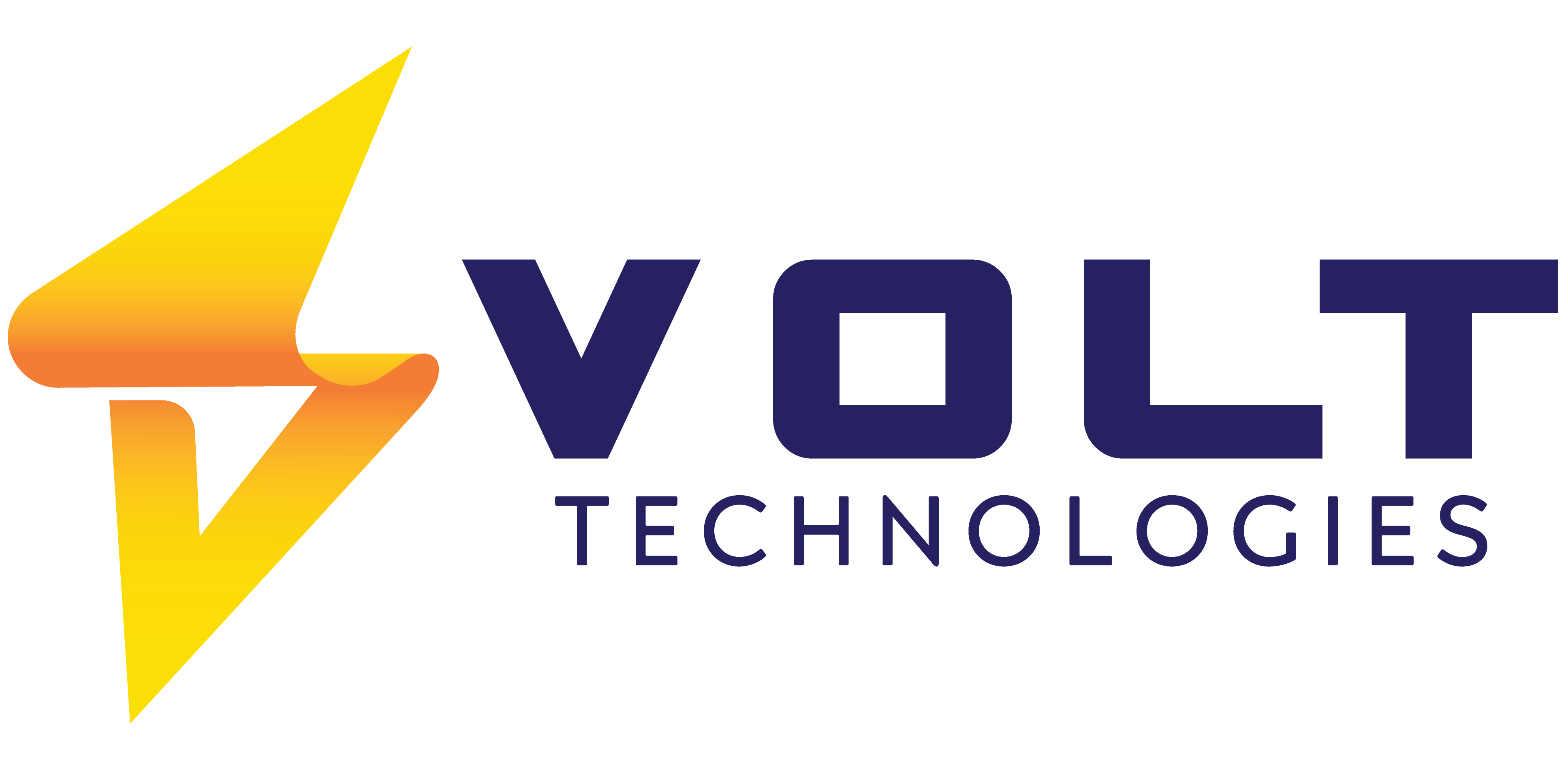Upgrade from Dynamics SL to Business Central: A Complete Guide for SMBs


Microsoft Dynamics 365 | Simplify your IT footprint and make decisions faster.
- July 14, 2025
If your business is still running on Microsoft Dynamics SL, you may already be feeling the challenges of maintaining a legacy ERP system that no longer keeps pace with today’s fast-moving business environment. Performance issues, limited support, and lack of cloud capabilities are just some of the reasons many small and mid-sized businesses (SMBs) are now exploring upgrade paths from Dynamics SL to Business Central.
At Volt Technologies, we specialize in helping SMBs migrate Dynamics SL to Business Central, offering end-to-end guidance and implementation expertise. As a trusted Business Central implementation partner, we understand the nuances of SL and how to transition your business processes seamlessly to the modern, cloud-based Microsoft Dynamics 365 Business Central.
In this guide, we’ll walk you through everything you need to know about the Dynamics SL to Business Central upgrade, including:
- Why it’s time to modernize your ERP.
- The benefits of Business Central for SMBs.
- Key differences between SL and Business Central.
- How to plan and execute your Dynamics SL migration roadmap effectively.
Whether you’re wondering about the cost of upgrading Dynamics SL, comparing Dynamics SL vs Business Central, or just starting to consider your modern ERP after Dynamics SL, this guide will help you make informed decisions and position your business for future growth.
Why Upgrade from Dynamics SL to Business Central?
For decades, Microsoft Dynamics SL has served as a reliable ERP solution, particularly for SMBs in the professional services sector. But as technology and business needs evolve, SL has started to show its age. Many businesses are now looking at modernizing their outdated ERP with Microsoft’s recommended upgrade path to Dynamics 365 Business Central.
Below are the key reasons why upgrading from Dynamics SL is no longer just an option, it’s a strategic necessity.
Future-Proof Your Business
The future of Dynamics SL is limited. Microsoft has shifted its focus and investment toward its cloud-first ERP solutions, particularly Business Central. While SL still receives minimal maintenance updates, its feature development and support are being phased out. Moving to Business Central ensures you’re aligned with Microsoft’s innovation roadmap.
Enjoy the Benefits of Business Central
With Business Central, you unlock a wealth of capabilities designed for today’s SMBs:
- Cloud ERP for SMBs, accessible anywhere, anytime.
- Enhanced performance and scalability without infrastructure headaches.
- Streamlined financial processes, automated workflows, and modern integrations.
- Better business insights through improved reporting and analytics.
Address Dynamics SL Performance Issues
Many SMBs report performance bottlenecks, increasing downtime, and growing maintenance costs with SL. Upgrading to Business Central helps eliminate these Dynamics SL performance issues, thanks to its cloud architecture and ongoing Microsoft updates.
Stay Competitive in a Cloud-First World
Your competitors are already moving to cloud ERP for Dynamics SL users, taking advantage of reduced IT overhead, faster decision-making, and better customer service. Don’t let outdated systems hold your business back.
By upgrading, you also position your company to adapt quickly to market changes, adopt new technologies, and grow without being limited by your ERP.
Key Differences between Dynamics SL and Business Central
When planning your Dynamics SL to Business Central migration, it’s important to understand how the two systems differ. While Dynamics SL has served SMBs well over the years, Business Central offers a modern ERP solution that is better suited for today’s cloud-first business environment.
Below is a side-by-side comparison of Dynamics SL vs Business Central, highlighting the most critical differences that impact your upgrade decision.
Dynamics SL vs Business Central: Feature Comparison
Feature / Aspect | Dynamics SL | Dynamics 365 Business Central |
Deployment Model | On-premise only; requires dedicated servers and IT resources. | Cloud-first (with on-premise and hybrid options). |
Scalability | Limited by hardware and IT capacity. | Scales easily in the cloud to match business needs. |
Project Management Capabilities | Advanced, specialized for professional services. | General project management (80–90% of SL depth). |
Licensing Model | Perpetual, upfront purchase with maintenance fees. | Monthly subscription (seat-based) with lower upfront cost. |
Support & Updates | Minimal updates; no new features being developed. | Regular updates, new features, and security enhancements. |
Integration with Microsoft Ecosystem | Basic integration with Office & other apps. | Deep integration with Office 365, Power Platform, Azure. |
Cost of Ownership | High upfront cost; ongoing maintenance and hardware expenses. | Predictable monthly cost; lower TCO over time. |
Accessibility | On-premise access only. | Accessible from anywhere, on any device, via cloud. |
This comparison shows why so many SMBs are choosing to replace Dynamics SL with Business Central. You gain greater flexibility, scalability, and access to a continually evolving platform designed for today’s businesses.
Planning Your Dynamics SL to Business Central Upgrade
Upgrading from Dynamics SL to Business Central isn’t just a technical migration it’s an opportunity to modernize your business processes and align your ERP with your growth goals. With the right planning and guidance, you can avoid common pitfalls and make your Dynamics SL migration roadmap a success.
Here’s how to effectively plan your Business Central upgrade:
Understand Your Current State
Before you can move forward, it’s crucial to analyze your current Dynamics SL environment.
- Identify which modules, features, and customizations your business relies on.
- Audit your data to assess its quality and determine what needs to be migrated or cleaned up.
- Document all integrations with other systems to plan for their replacement or replication in Business Central.
By understanding where you are today, you can better map what your future ERP needs to deliver.
Define Business Goals
This upgrade is also a chance to rethink your workflows and address inefficiencies.
- What pain points are you experiencing with Dynamics SL?
- What new capabilities would make your team more productive?
- Are you looking to improve reporting, streamline financial processes, or enable remote access with cloud ERP?
Setting clear, measurable goals ensures your migration delivers real business value.
Choose the Right Partner
One of the most important decisions you’ll make is selecting a trusted Business Central implementation partner.
At Volt Technologies, we specialize in helping SMBs modernize their ERP by delivering:
- Expert Dynamics SL migration services tailored to your business.
- Proven methodology to minimize downtime and disruption.
- Ongoing support and optimization post-go-live.
Don’t navigate this journey alone schedule a Dynamics SL upgrade consultation with our team to get started on the right path.
FAQs: Dynamics SL to Business Central Migration
When planning your legacy ERP system upgrade, you’ll likely have questions about costs, timelines, and what to expect from the process. Below we answer some of the most frequently asked questions about moving from Dynamics SL to Business Central.
What is the future of Dynamics SL?
Microsoft has shifted its ERP strategy to cloud-first solutions like Dynamics 365 Business Central. While Dynamics SL still receives limited maintenance updates, it no longer benefits from feature enhancements, making it a less viable long-term solution. Upgrading to Business Central ensures your ERP stays aligned with Microsoft’s roadmap.
How much does it cost to upgrade from Dynamics SL?
The cost of upgrading Dynamics SL varies depending on several factors:
- The size and complexity of your SL database.
- The number of users and licenses needed.
- The level of customizations and integrations.
- Whether you choose Business Central on-premise vs cloud.
A trusted partner like Volt Technologies can help you scope and estimate your project during a Dynamics SL upgrade consultation.
Is cloud ERP right for SMBs?
Absolutely. Cloud ERP for SMBs offers significant advantages over on-premise systems:
- Lower total cost of ownership (TCO).
- Built-in security and automatic updates.
- Anywhere, anytime access for remote and hybrid teams.
For SMBs looking to scale without heavy infrastructure investments, Business Central is an ideal solution.
What happens to our data and customizations?
As part of your Dynamics SL migration roadmap, your implementation partner will help you identify critical data to migrate, clean and transform it as needed, and replicate key customizations or suggest modern alternatives in Business Central.
By addressing these questions early, you can make informed decisions and set realistic expectations for your migration project.
Get Started with Volt Technologies
Upgrading from Dynamics SL to Business Central is more than just a technical project; it’s an opportunity to modernize your business, improve efficiency, and position yourself for growth. But navigating the transition on your own can feel overwhelming. That’s where Volt Technologies comes in.
As a trusted Business Central implementation partner, we specialize in guiding SMBs through every step of the Dynamics SL migration roadmap, including:
- Assessing your current Dynamics SL setup.
- Mapping your requirements to Business Central.
- Migrating your data and configuring the right solution.
- Providing training and ongoing support post-implementation.
We believe in being transparent about the process, just like in our video walkthrough highlighting the key differences and setting realistic expectations for your upgrade. Whether you’re weighing Business Central on-premise vs cloud, concerned about the cost of upgrading Dynamics SL, or need help understanding the Microsoft ERP upgrade path, we’re here to help.
Schedule your free Dynamics SL upgrade consultation today and let us help you craft a plan that works for your business.
The move from Dynamics SL to Dynamics 365 Business Central is more than just keeping up with technology, it’s about unlocking the full potential of your business with a modern, cloud-based ERP that grows with you.
By working with Volt Technologies, you can confidently leave behind the limitations of SL and embrace a scalable, secure, and future-ready ERP platform.
Don’t wait for the end of support or ongoing performance issues to impact your operations. Take the next step toward modernizing your ERP today.
